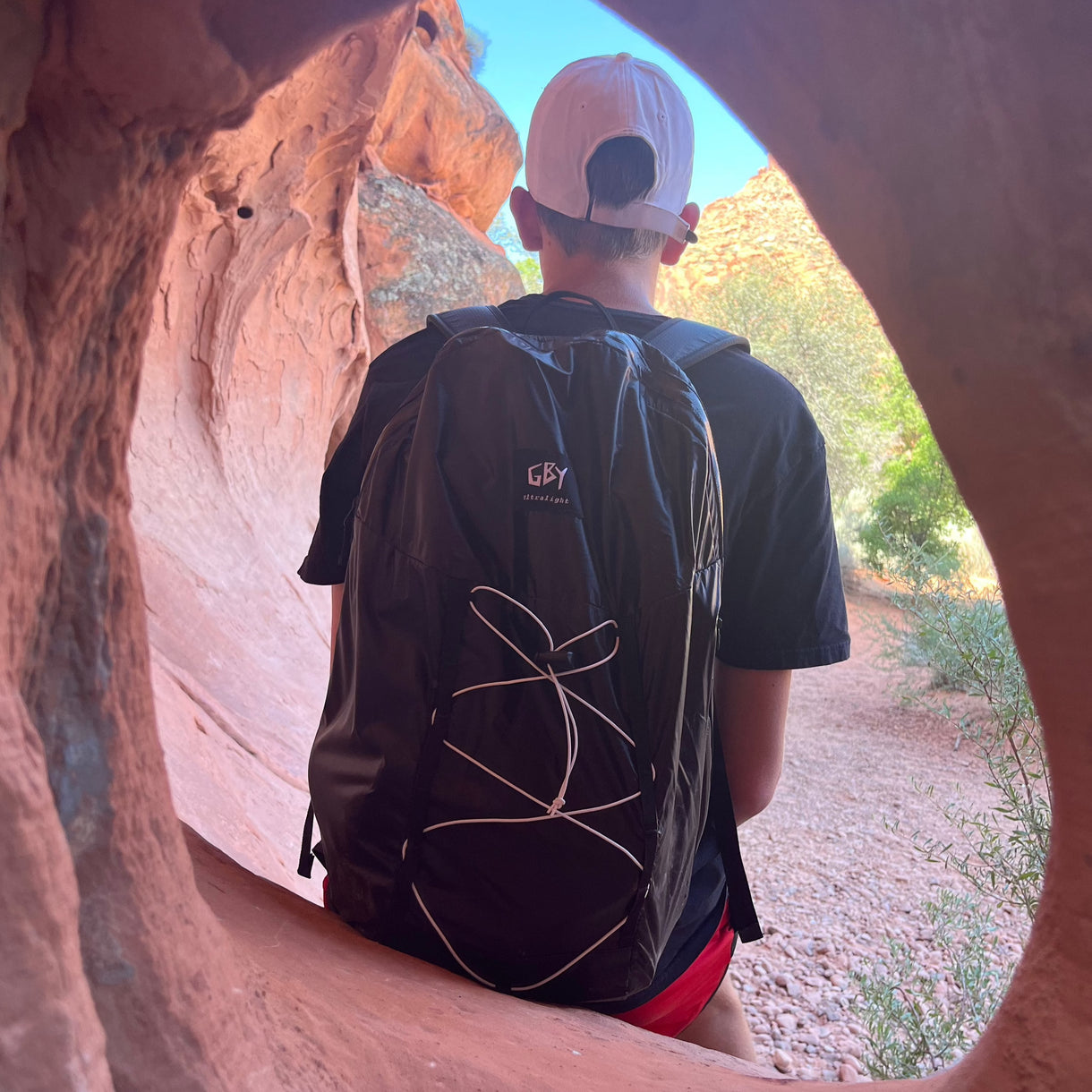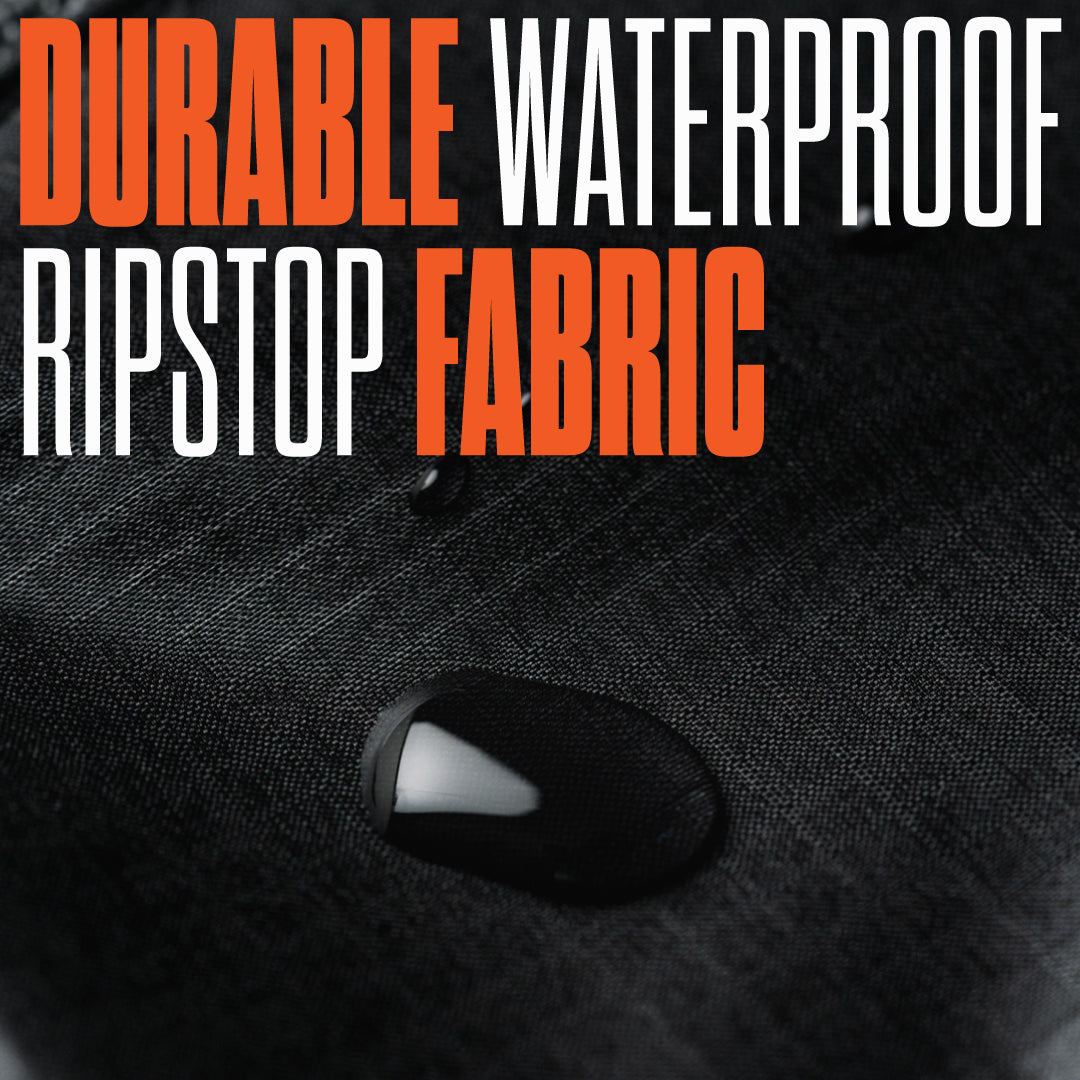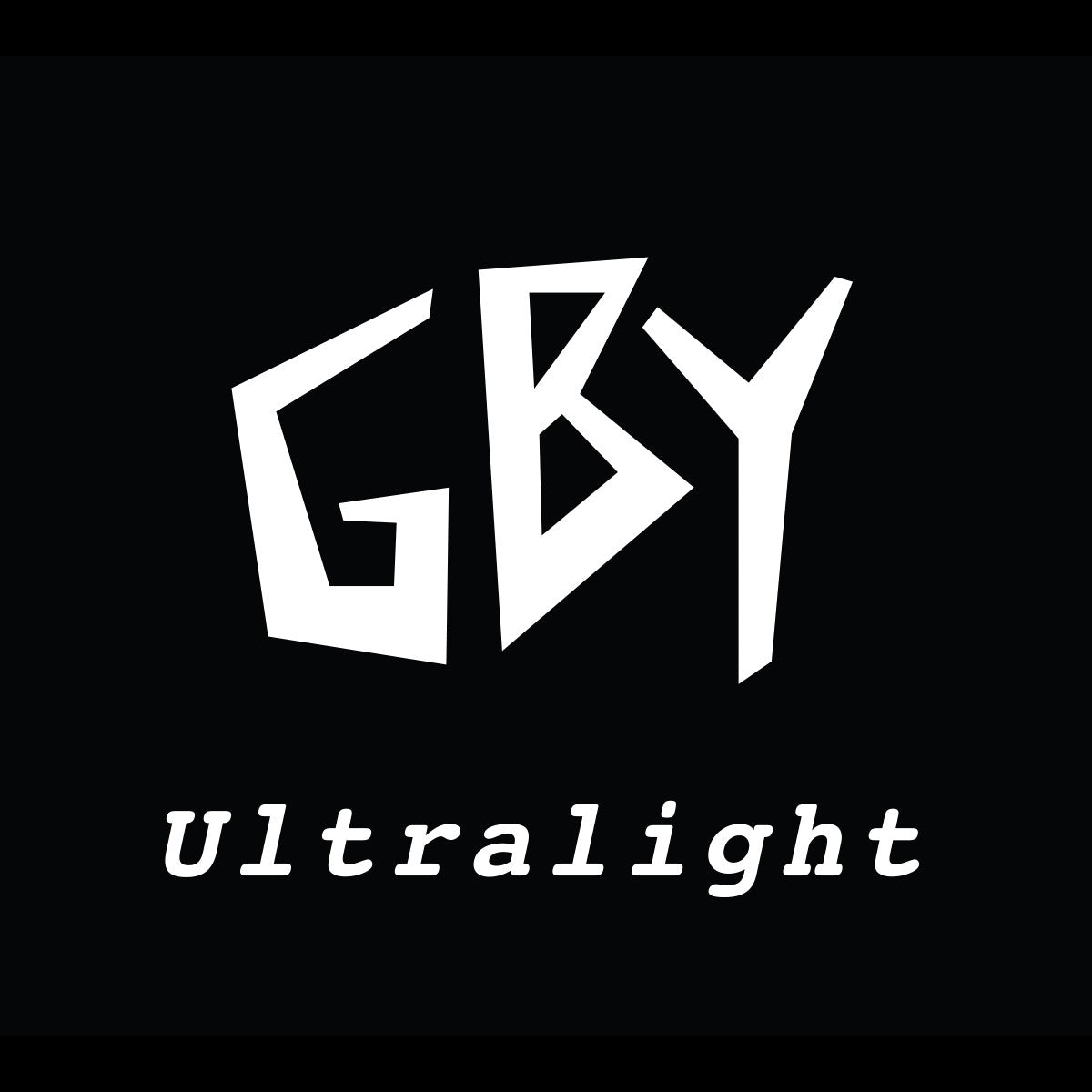Introduction
Weekend hikes are the perfect balance of adventure and accessibility. You don’t need a heavy expedition pack—but you do need something reliable, nimble, and efficient. That’s where ultralight hiking bags shine. They let you carry the essentials without dragging you down.
Whether you're hitting nearby trails, climbing hills before work, or exploring on a quick getaway, the right pack empowers mobility, leaves energy for the trail, and speaks to minimalist values you can carry into everyday life.
In this article, we’ll explore what makes an ultralight hiking bag ideal, what design decisions matter, and how you can use smart packing to stay agile all weekend.

Why Opt for Ultralight Hiking Bags? (H2)
-
Less fatigue, more mileage. Shedding just a pound off your pack can make a difference on rough terrain or repeated rises.
-
Better handling on technical terrain. A lighter pack moves more naturally with your body, especially on scrambles or narrow ridgelines.
-
Cross-use flexibility. Many ultralight hiking bags double as effective urban or travel daypacks.
-
Encourages smarter gear selection. When your pack enforces limits, you carry deliberately and discard unnecessary extras.
GBY’s blog Ultralight Backpacks: Long-Term Hiking Tips further elaborates on advantages of weight management in pack design. GBY Ultralight
Key Features to Look for in Agile Weekend Hiking Bags (H2)

When selecting a weekend hiking bag, consider the following critical attributes.
H3: Fabric & Durability
-
High-tenacity, lightweight ripstop nylon or comparable fabrics strike a balance between durability and weight.
-
Reinforced panels in high-wear zones (bottom, corners) prevent early abrasion.
-
Water resistance is essential—look for DWR coatings or water-resistant zippers for unexpected weather.
H3: Structure & Support
-
Some ultralight packs use minimal frames or stays to shape the load without rigidity.
-
Stabilizing straps (waist, sternum) help manage shifting mass when hiking dynamic terrain.
-
Internal compression or dividers prevent gear from bouncing or shifting.
H3: Accessibility & Attachment Points
-
Top-access, dual-zipper, or panel-access designs aid quick retrieval without unpacking everything.
-
External lash points or daisy chains allow you to attach extra gear—trekking poles, jackets, rope.
-
Keep gear attachments unobtrusive so they don’t snag when moving in vegetation.
H3: Comfort & Fit
-
Adjustable harness and hipbelt—even in ultralight packs—help distribute weight.
-
Breathable or vented back panels reduce sweat buildup on long approaches.
-
Shoulder straps should contour comfortably and avoid pressure points.
H3: Packability & Modularity
-
Ability to collapse or flatten when not fully loaded is convenient for travel or storage.
-
Modular internal pockets or lightweight stuff sacks allow you to scale organization without hoards of compartments.
Packing Smart for Weekend Hikes (H2)

Even the best pack fails if it's overloaded or poorly packed. Use these strategies:
-
Start with a minimalist gear list. Essentials only: shelter, sleep layer, food, water, first aid, and navigation.
-
Layer and compress. Roll or stuff soft items to reduce gaps. Use compression sacks or belts inside.
-
Heavy items close to your back. Aligning weight closer to your spine reduces leverage and leverages balance.
-
Use modular pouches. A small utility pouch can manage smaller items (snacks, tools, electronics) and streamline internal access.
-
Wear what you can. Bulky or heavier clothing layers should be worn during trailhead transitions.
-
Evening “what-didn’t-you-use” audit. At camp, unpack and note unused items for next time—fewer regrets, leaner pack next weekend.
Case Reference: GBY Ultra’s Design Ethos
While GBY is best known for urban and travel packs (e.g., its Ultralight Laptop Day Pack weighing just 12.8 oz) Backpackies the same principles apply to hiking use:
-
Waterproof fabrics, minimalist profile, and strong construction give hints at what a hiking version can borrow.
-
The ethos of designing for mobility and everyday carry encourages bag designs that work across contexts—trail, commute, travel.
Backpack review authorities like OutdoorGearLab emphasize that the best ultralight hiking packs manage the tradeoff between strength and lightness elegantly. OutdoorGearLab
Trade-Offs to Consider
No design is perfect. Here are trade-offs typical in ultralight hiking bags:
-
Weight vs durability. Extremely lightweight fabrics may wear sooner. Smarter reinforcement helps.
-
Organization vs minimalism. Too many pockets add weight and complexity; avoid over-segmentation.
-
Structure vs flexibility. Packs with internal frames or stays carry better under load but lose pack-down flexibility.
-
Cost vs materials. High-performance fabrics (composite, laminated) increase price—assess whether you need them for your use.
Key Takeaways
-
A well-designed ultralight hiking bag for weekend use marries lightness, smart structure, and durability.
-
Focus on materials, load stabilizers, access design, and modular packing to maintain agility.
-
Use smart packing habits—minimize, compress, prioritize—for the best experience.
-
The design philosophy behind GBY Ultra’s urban and travel packs offers inspiration: strip away excess, keep what matters, build to last.
Ready to experience ultralight freedom on your next trail or city day? Explore GBY Ultra’s full line of lightweight bags and utility gear—and let less weigh more in purpose.








